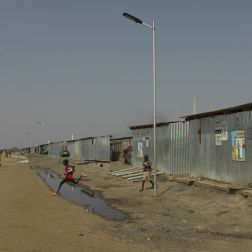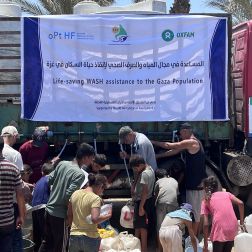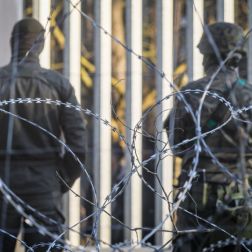- 2 mins read time
- Published: 5th July 2013
The cracking edifice behind the brands
It is not two months since the collapse of the Rana Plaza factory in Bangladesh, which killed over 1,100 people. But as the New York Times reports this week, inspections of buildings might as well not be happening at all.
Buildings propped up with beams that are cracked and disintegrating are still operating as factories, with workers producing clothes for companies that include GAP. Even though inspectors recommended that the use of one building “be discontinued immediately”, it is still operating.
Construction of high rise buildings can be seen everywhere in Dhaka, but even the Prime Minister accepts that 90 per cent are not built to local standards, let alone international building standards that would be expected in an earthquake-prone country like Bangladesh.

Oxfam is working to reduce the risk of disasters like Savar by working with architects and municipal authorities to improve building standards, and by working with communities to prepare themselves for disasters. With a major earthquake overdue, we are concerned that this terrible tragedy will be repeated on a far greater scale.
The tragedy that was Rana Plaza should serve as a reminder of the story behind the brands we buy. But conditions will not change until consumers choose to buy clothes that are the products of transparent and non-abusive supply chains. Retailers can choose to do the same, and can hold their suppliers to account – not least by ensuring they respect standard safety measures that protect their workers lives.
Until that happens the garment industry will continue to be a dangerous, low paid and exploitative sector where 75% of waged workers do not have a contract and 88% of garment workers do not know what their basic salary is before overtime.




